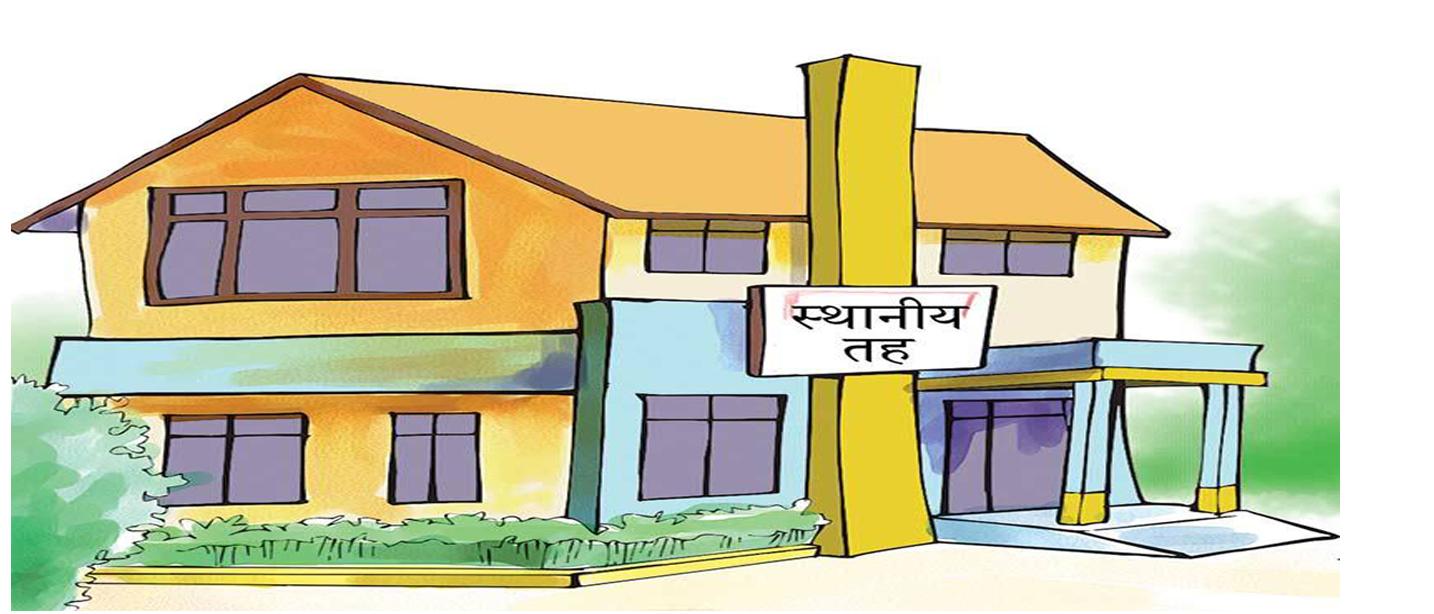By Dipesh Ghimire
Local Government Annual Budgeting Process Needs Reform and Efficiency

Nepal's federal democratic republic structure is divided into three levels of governance: federal, provincial, and local. These tiers exercise state power in accordance with the Constitution and applicable laws. The Constitution's Schedules 8 and 9 allocate exclusive rights to local governments and shared rights among federal, provincial, and local levels, respectively, while granting constitutional recognition to revenue sharing and financial authority.
Article 59(1) of the Constitution empowers federal, provincial, and local governments to legislate, prepare budgets, formulate policies, and implement plans within their jurisdictions. Article 59(3) outlines the timeline for presenting budgets, mandating rural and municipal executives to present revenue and expenditure estimates by mid-June as per the Intergovernmental Financial Management Act, 2074. To guide planning at the local level, the National Planning Commission issued the "Local Level Plan Formulation Guidelines, 2075," later updated in 2078 to address challenges and integrate learning from federal practices.
Despite such guidelines, inefficiencies in budget preparation persist, largely due to weak implementation of institutional mechanisms mandated by the Constitution and law. The local government budgeting process begins with pre-budget preparations in December and concludes with budget approval and printing by mid-July. However, delays and a lack of systematic execution often hinder effectiveness.
Key institutional mechanisms include:
Local Revenue Consultation Committee: Chaired by the vice-chairperson or deputy mayor, this committee estimates revenue and submits projections by mid-January.
Budget Ceiling Determination Committee: This committee, led by the chairperson or mayor, balances revenue projections with expenditure and completes its work by mid-April. Federal and provincial budget ceilings must be received by mid-March.
Ward Committees: Ward-level committees prioritize projects and programs for submission to the executive, aligning with allocated budget limits.
Sectoral Committees: These committees ensure alignment, avoid redundancy, and prioritize programs within thematic areas such as economic development, social issues, infrastructure, and disaster management.
Budget Formulation Committee: Based on revenue projections and budget ceilings, this committee drafts the budget for submission to the executive by early June.
To enhance transparency, inclusivity, and efficiency in budgeting, local governments must strictly follow established constitutional and legal provisions. Improved governance, participation, and digitalization are essential for sustainable development. Local governments should prioritize practical solutions, such as water resource management, disaster preparedness, and employment generation, while addressing challenges in budget preparation through systematic reforms.
Achieving the vision of empowered and prosperous local governments requires active engagement of all stakeholders, adherence to best practices, and alignment with national and international standards.









